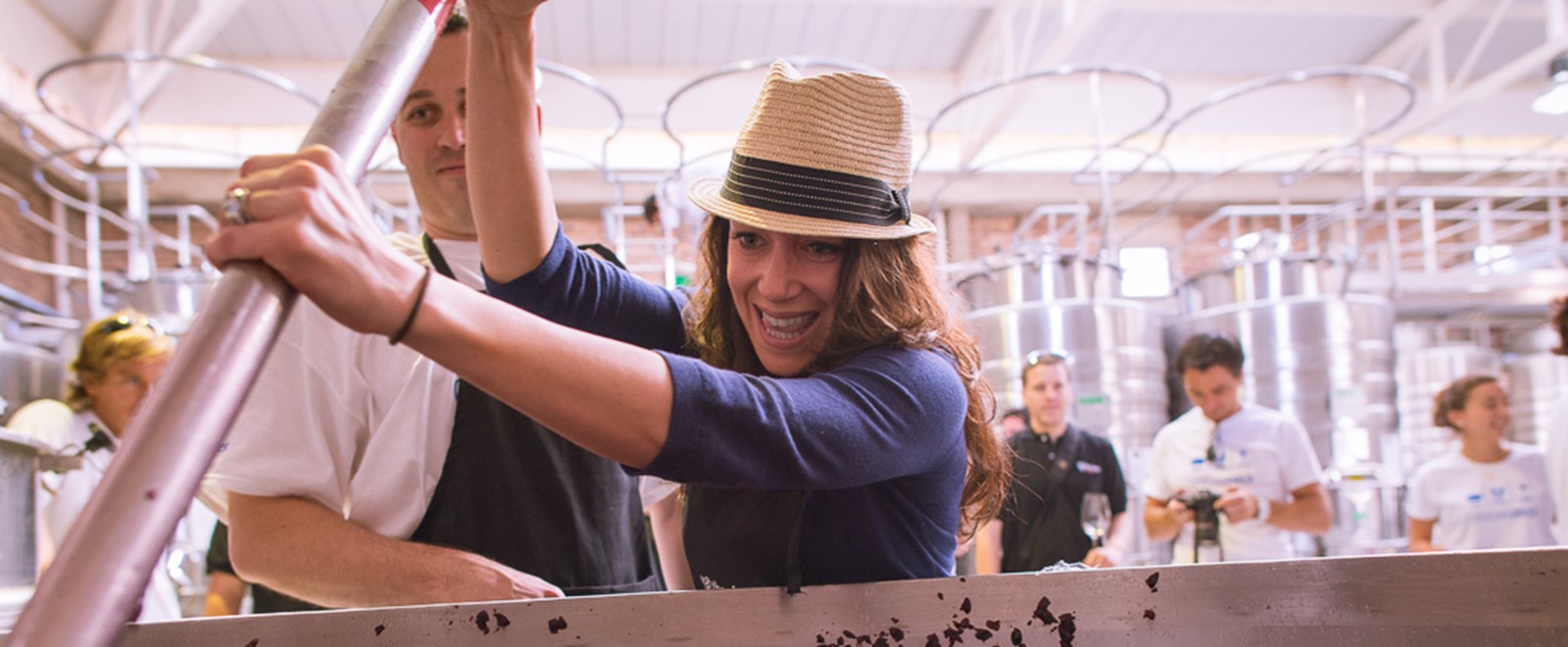All these new immigrants were thirsty for a glass of wine, which spurred demand for more vineyards. Their cries were met and vineyard acreage in Argentina grew six times over between 1893 and 1913; by World War I, Mendoza's vineyard acreage eclipsed that of both Chile and California.

Mendoza's government was quite pleased with this growth and encouraged more by passing a series of laws (from 1881 to 1907) exempting grape growers from taxes. The returns on this investment were huge; in 1907 more than 60% of providences revenue came straight from the wine industry.
The government protected this new industry by virtually eliminating the possibly of wine imports with new tariffs and laws. The wine tariff climbed to 80% by 1914. The most lethal of the new laws prohibited the importation of wines from countries that had, at anytime, added sugar to their grape juice. This single blow was a knockout, imported wines instantly became illegal (this law is no longer in affect).
In the early 1990's imports in the form of immigrants helped fuel the elevation of Argentines wine industry from producing jug wine to producing prizing winning, head turning, world class wines. Investors and consultants from the U.S. France, Spain, Australia and Chile have come to Argentina in droves. To name a few: Michel Rolland Seagrams, Robert Mondavi, and Paul Hobbs, Jacques Lurton, the Rothschilds and Moët & Chandon.
Argentine wine history 101, will be continued.
Great resources for Argentine wine history: Wikipedia and Argenvino
